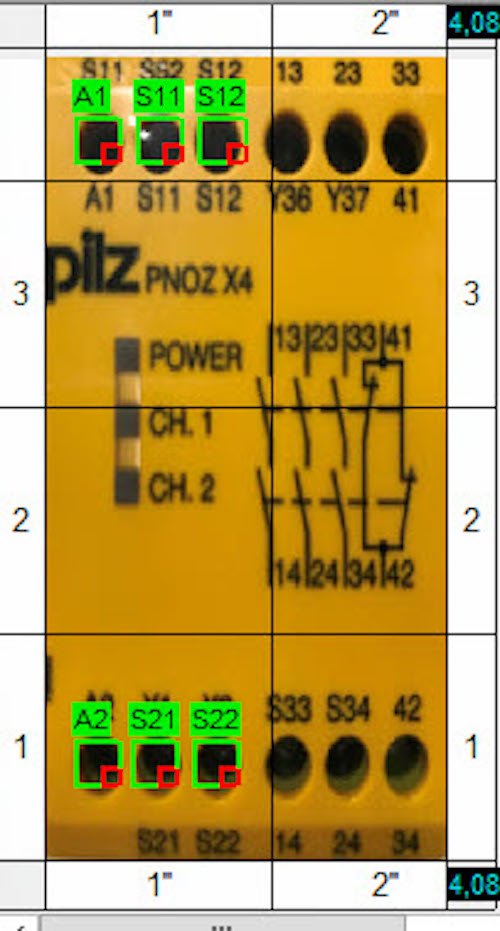Copper networks
Although copper technology is already somewhat antiquated in comparison to modern fibre optic technology, it is still used for specific purposes. A big advantage of cableScout® is that it also seamlessly supports this somewhat “aged” technology. This means, for example, that all copper component types such as LSA+ strip or block, bay, solder-screw-bar or shrink sleeve can be easily created in the libraries.
Copper cables of all dimensions and stranding types such as star quads, 3-core and single-core also be quickly generated together with colour code and counts. Because in practice connections are established in copper-based networks in a very different way to fibre-based networks, in cableScout® it is of course very easy to perform dual pickups at the port, to bridge ports and to cross wires.
Loop resistance can be stored for every wire per kilometre, depending on diameter. This enables cableScout® to automatically calculate the resistance for every connection and also for the entire route.
There is also the option for calculating the attenuation value when transmitting signals with a carrier frequency. Through the functionalities and display views provided in cableScout®, copper and control cable networks can therefore be displayed in full and comprehensively administered.






